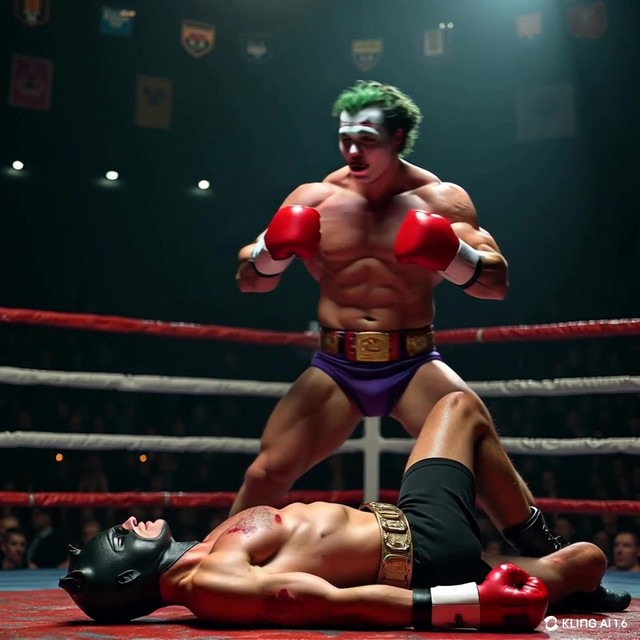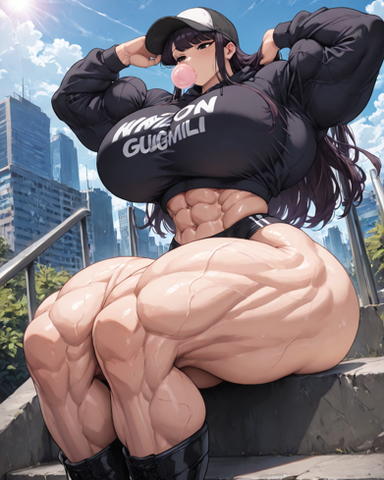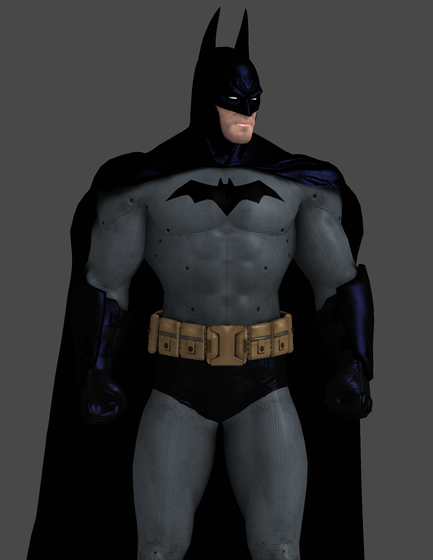HOME | DD
 Bunk2 — Batsuit Once More
Bunk2 — Batsuit Once More

Published: 2008-04-10 16:16:13 +0000 UTC; Views: 10450; Favourites: 111; Downloads: 307
Redirect to original
Description
The same design I've been fooling with except for a new cowl and belt/harness. Now broken down into separate layers:First layer is a Nomex/Kevlar suit to protect against heat, flame, and projectiles to a lesser extent. d3o is sewn into the suit at the knees, elbows, and over the tail bone.
Second layer is heavy projectile protection. Pockets hold advanced graphic plates attached to padding, and covered in Kevlar. Also some typical Kevlar tactical gloves, only with the nails.
On top of that are the metal forearm guards (like Begins), emblem, Cordura Nylon belt and climbing harness with pouches, and boots.
Last, cape and cowl. Cowl is a solid helmet, Spectra shield or something like that with the neck and cape a separate material. Not sure what the cape would be made out of... Something that could protect him from hazardous liquids.
Line art in Illustrator (that was bad times), colored in Photoshop. I used a couple patterns, by rubina119 [link]
and c130 [link]
Related content
Comments: 9

Should he have a neck brace made from the same material as his cowl to protect his neck?
👍: 0 ⏩: 0

are the advanced graphic plates made out of some ceramic material like boron carbide or boron nitride? just asking, because boron carbide is currently being used for ceramic body armour, specifically for ceramic body armour trauma plate inserts. not quite sure if boron nitride is being used for body armour applications, but anyway, its right above boron carbide on the Mohs scale, and right behind diamond. just curious, that's all
👍: 0 ⏩: 1

I'm sure Bruce would use whichever material is lighter. The hardness I think would actually be secondary to the weight... or whichever could be made slimmer and shaped better. I don't know how curved either type of plate could be made. Most of the impacts would be from small arms and lighter assult weapons. That's interesting though, I haven't researched it that close.
👍: 0 ⏩: 1

boron carbide can be shaped and made to be relatively thin enough that it wouldn't cause any physical discomfort, but be strong enough to stop small arms fire and light assault weaponry fire. for something like that, the thickness and weight don't necessarily equal to proportional protection. its wholly possible to layer thin sheets of boron carbide to provide the same level of protection as a large and thicker plate of boron carbide.
the problem falls upon the cost of something like that, along with the amount of time it would take, to make and press thin sheets of boron carbide and layer them in the appropriate manner. why do that when its easier just to pour molten boron carbide into a mold, and compress it? unfortunately, the whole pouring and compressing process weakens boron carbide substantially(its why boron carbide plates made that way, seem to break more often then not, unless its made in a larger size, like what they use for tank armour, which is ultimately heavier because of it)to where it can only resist a certain amount of hits, before needing to be replaced. As you can see, having to constantly replace something like that, can be a bother. so, why not have something that can handle a lot of shots, before being needed to be replaced; that is not only highly bullet resistant and knife stopping, but lightweight and highly impact resistant?
👍: 0 ⏩: 1

Could use titanium plating inserted into the pockets.
👍: 0 ⏩: 0




























